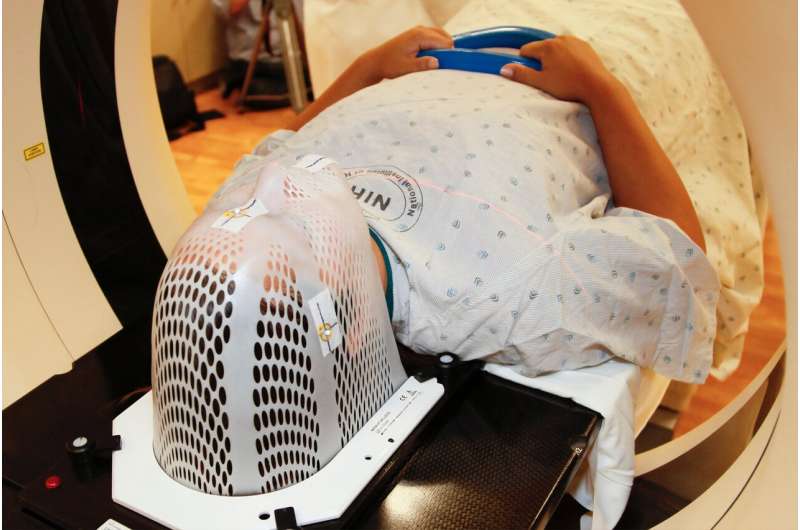Understanding Dystonia: A Hidden but Impactful Movement Disorder

Dystonia is a complex and often underdiagnosed movement disorder characterized by involuntary muscle contractions, leading to abnormal movements and postures. Learn about its causes, symptoms, and treatment options.
When considering movement disorders, tremors associated with Parkinson's disease are often the first to come to mind. However, peripheral conditions can be just as debilitating and frequently remain underdiagnosed, significantly affecting individuals' quality of life.
One such disorder is dystonia, a complex condition of the central nervous system that can develop at any age and impacts approximately 1% of the global population. Characterized by sustained or irregular involuntary muscle contractions, dystonia leads to abnormal twisting movements and postures, often accompanied by pain and joint deformities. These involuntary movements can sometimes resemble tremors, adding to the diagnostic challenge.
The severity of dystonia can fluctuate, worsening with fatigue, stress, or negative emotional states, but tends to improve during sleep and relaxation. Patients often find relief through sensory tricks—simple voluntary gestures like touching the chin or eyebrows, or placing a toothpick in the mouth—that temporarily alleviate symptoms.
Dystonia has a diverse range of causes. Genetic mutations affecting dopamine pathways or basal ganglia circuits can lead to hereditary forms. Acquired dystonia results from brain injuries, trauma, stroke, infections, tumors, or exposure to certain drugs. In many cases, the origin remains unknown, classified as idiopathic dystonia.
The most common form in adults is focal dystonia, affecting specific regions such as the neck (cervical dystonia), eyelids (blepharospasm), hands (writer’s cramp), or face and tongue (oromandibular dystonia). Other types include segmental dystonia, involving contiguous body parts, generalized dystonia affecting most of the body, hemidystonia on one side, and multifocal dystonia involving multiple, non-contiguous regions.
Although there is no cure, various treatments aim to improve the quality of life. These involve interdisciplinary care, including neurologists, physical therapists, occupational therapists, speech therapists, and psychologists specializing in movement disorders. Therapy often encompasses physical therapy to enhance mobility, reduce pain, and better manage involuntary movements, fostering greater independence.
Current research is focused on understanding genetic factors, developing new pharmacological options, and exploring brain stimulation techniques. Raising awareness and training healthcare providers are crucial to early diagnosis and effective management.
Dystonia is highly underdiagnosed, with estimates stating over 20,000 people affected in Spain alone, but true figures are likely higher due to its frequent misclassification as other movement disorders like tremors, tics, or psychological conditions. Its chronic and disabling nature leads many patients to experience significant emotional distress, social isolation, stress, anxiety, and depression.
Support organizations worldwide, including the Dystonia Medical Research Foundation and Dystonia Europe, provide essential resources, advocacy, and support groups to patients and families. Improving public awareness, expanding research, and enhancing medical education are vital steps toward better diagnosis, treatment, and understanding of this complex disorder.
Stay Updated with Mia's Feed
Get the latest health & wellness insights delivered straight to your inbox.
Related Articles
RFK Jr. Calls for Re-Evaluation of Mifepristone, the Common Abortion Pill
U.S. health officials are reviewing the safety of mifepristone, a widely used medication for early pregnancy termination, amid ongoing political and legal debates. Experts call for evidence-based evaluation of potential risks and adverse events.
Limitations of AI in Emergency Room Diagnoses Based on Symptom Presentation
Recent research shows that AI tools like ChatGPT can assist in emergency diagnoses for typical symptoms, but face limitations with atypical cases. Human oversight remains essential for complex diagnoses.
Health Benefits Take Priority Over Climate Arguments in Lifestyle Counseling, Study Finds
A new study reveals that patients respond more positively to lifestyle advice focused solely on health benefits than those including climate change risks, emphasizing the importance of tailored communication strategies in healthcare.
Advancements in Adaptive Radiation Therapy Enhance Safety and Quality of Life for Cancer Patients
Innovative adaptive radiation therapy techniques are improving the safety and effectiveness of cancer treatment, preserving patients' quality of life and expanding options for difficult cases like recurrent sarcomas.



